Tea Tree Oil For Hair Growth: 10 Proven Carrier Oil Blends
One of the most reliable hair care ingredients for long, healthy, and voluminous tresses.
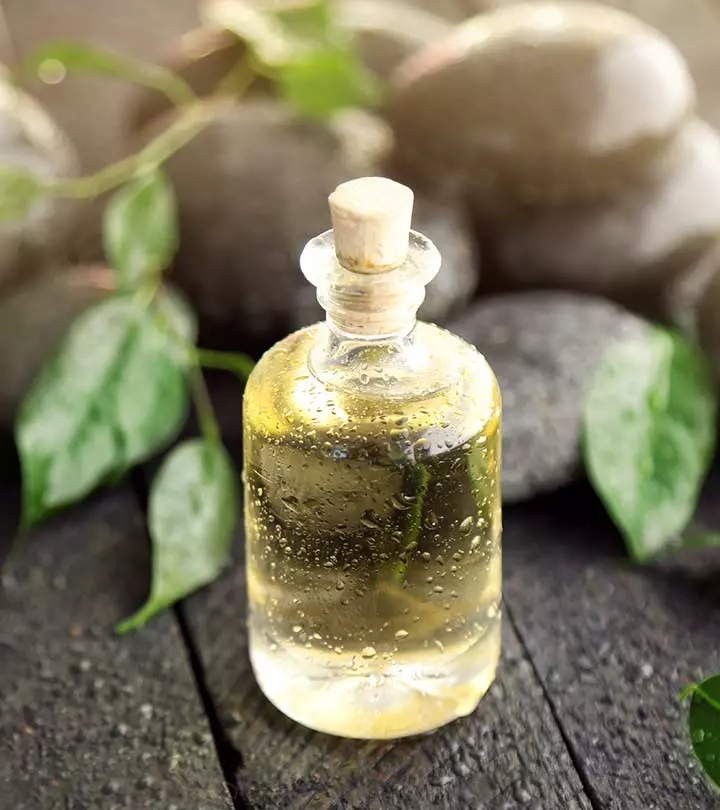
Image: Shutterstock
It is time you tried tea tree oil for hair growth. This potent ingredient is found in most beauty products. It is a well-known astringent that can curb excess greasiness on the scalp. Its antimicrobial properties also keep dandruff at bay, and the oil also has a role to play in stimulating hair growth. But is tea tree oil good for hair growth? Let us find out In this article as we discuss how to get long, luscious locks by using tea tree oil. Scroll down to learn more.
 Know Your Ingredient: Tea Tree OIl
Know Your Ingredient: Tea Tree OIlWhat Is It?
A light yellow liquid produced by distilling the leaves of the Melaleuca alternifolia plant.
What Are Its Benefits?
It helps reduce oily scalp, dandruff, and scalp infection and promotes hair growth.
Who Can Use It?
Anyone can use this oil to improve their hair health.
How Often?
You can use it once or twice a week.
Caution
Excess usage of this oil may cause scalp irritation and itching in some people.
In This Article
What Is Tea Tree Oil?
Tea tree oil is an essential oil that is extracted from the leaves of the Melaleuca alternifolia plant. It has strong antimicrobial properties that have made it a popular natural remedy for treating issues of the scalp and skin (1). It is often used in cosmetic products, like shampoos and conditioners, and to treat issues like dandruff and acne (2), (3), (4).
 Did You Know?
Did You Know?Key Takeaways
- Tea tree oil possesses antifungal properties that may help treat dandruff-related hair fall.
- It unclogs hair pores and soothes irritated and oily scalps.
- Excessive use of tea tree oil can cause scalp irritation and itching.
- Tea tree oil mixed with jojoba oil can boost hair growth and health.
How Does Tea Tree Oil Promote Hair Growth?
There is no scientific evidence that links tea tree oil to hair growth. However, tea tree oil may help treat issues of the hair and scalp, which facilitates healthy hair growth.

Research shows that hair loss can be caused due to less blood circulation (5). Tea tree oil improves the circulation of blood, which can help flush out toxins.
Tea tree oil also exhibits antifungal properties against M. furfur, fungi that cause dandruff (6). Tea tree oil can help alleviate severe itching and scratching, which can otherwise injure the scalp and cause inflammation in the hair follicles, resulting in hair fall. Moreover, if you are facing dandruff issues, you may also explore tea tree oil for dandruff, as it helps moisturize your scalp, remove toxins, and regulate blood circulation.
The antiseptic, antifungal, antibacterial, anti-inflammatory, and antioxidant properties of tea tree oil ensure that your hair stays clean and healthy (1). The improved scalp health makes the follicles more receptive to nutrition, and the unclogged pores help promote unhindered hair growth.
Does Tea Tree Oil Work For Oily Hair?
Yes, it does! For greasy hair, the essential oil helps unclog pores and calms down the overzealous sebaceous glands. More often than not, hair loss is a direct result of clogged follicles and an irritated scalp. It also improves scalp health on the whole with its antimicrobial properties.
How To Use Tea Tree Oil For Hair Growth
Tea tree oil can be used on dry and oily hair types to improve hair growth. You can add various ingredients to this essential oil to create the perfect oil for your hair.
One of the best ways to use tea tree oil is in combination with other carrier oils. Given below is a step-by-step guide on how to use tea tree oil to stop hair loss and promote hair growth.
Using Tea Tree Oil With A Carrier Oil For Hair Growth
Tea tree oil needs to be diluted before you can use it. By combining a few drops of the essential oil with your regular hair oil, you can create a hair growth solution that boosts scalp health.
While tea tree oil induces new hair growth, the carrier oil will help nourish your follicles. This can work to your advantage if you already know what oils work best for your hair. If not, read on to find out which oils will best suit your hair type.
You Will Need
- 2 tablespoons of any carrier oil
- 10 drops of tea tree oil
- A bowl for mixing
- Hot towel
How To Apply
- Combine the carrier oil with the tea tree oil in a mixing bowl.
- Heat the oil mixture until it is slightly warm. Do not use a microwave as it may cause nutrition loss. Instead, place the bowl containing the oil mixture in a larger bowl that contains hot water.
- Section your hair and rub the warmed oil onto your scalp and along the length of your hair.
- Once your entire scalp is covered in the oil, massage it for 10 minutes.
- Wrap a hot damp towel around your head. This will create a warm environment that will help open up and unclog your follicles.
- Wait with the towel on for 20 minutes and then rinse out the oil with shampoo and conditioner. Optionally, you can leave the oil in your hair overnight.
How Often
Since washing your hair too often can be detrimentali A substance or habit that possesses the ability to cause harm, injury, or deteriorate one’s hair condition. to hair health, it is recommended that you treat your hair with hot oil not more than three times a week. Oily hair types can use lighter oils like jojoba or olive.
Precautions
- Do not overheat the oil as it can lose nutrients, and you also run the risk of burning your scalp.
- It is completely normal for your scalp to feel a little tingly during and after this treatment.
Since everyone’s hair is different, something that works for one person may not work for you. However, choosing a carrier oil for your hair type is pretty simple. In fact, there are many oils that work well for each hair type – be it oily, dry, or combination. The following is a list of oils that can be used with tea tree oil to promote hair growth.
Tea Tree Oil Blends For Hair Growth
| Olive Oil | Jojoba Oil |
| Castor Oil | Coconut Oil |
| Almond Oil | Lavender Oil |
| Rosemary Oil | Aloe Vera |
| Apple Cider Vinegar | Shampoo |
1. Use Tea Tree Oil With Olive Oil For Hair Growth

Olive oil contains oleuropeini A polyphenol found in the olive plant that has cardioprotective, anti-inflammatory, and antioxidant abilities. that could promote hair growth in mice (7). It hydrates your hair and is light and does not weigh your hair down, which makes it perfect for all hair types. In combination with tea tree oil, it makes a hydrating hair growth remedy that supports hair thickness and curbs hair breakage.
Ideal For
Due to its lightweight and hydrating properties, olive oil can be used by everyone regardless of their hair type. It provides hair shine and leaves the hair feeling soft and silky while keeping it moisturized.
 Trivia
Trivia2. Tea Tree Oil With Jojoba Oil For Hair Growth
Jojoba oil is very similar to the natural oils present in your scalp (8), (9). More often than not, the reason your hair gets oily is that your sebaceous glandsi Microscopic glands found in your hair follicles that secrete sebum, a waxy fluid that keeps hair and skin moisturized. are pushed into overdrive because of dry conditions. Using jojoba oil calms them down while making your hair stronger and promoting hair growth (10). It also prevents hair damage often caused by heat styling and makes your tresses soft and shiny.
Ideal For
This oil is perfect for oily hair types. With regular use, jojoba oil can control the amount of oil produced and also reduce hair fall.
3. Castor Oil And Tea Tree Oil For Hair Growth
Castor oil is hailed as a miracle solution for hair loss. However, there is no scientific evidence linking castor oil to hair growth. Castor oil nourishes your follicles and hair with omega-9 fatty acids. It strengthens dry hair by nourishing it and providing proper hair hydration. It also helps increase hair luster (11). Due to its thick and sticky consistency, castor oil can be used better in combination with a lighter carrier oil, like coconut or olive. Anecdotal evidence suggests that it may not only promote hair growth but also helps prevent dandruff and split ends.
Ideal For
The thick consistency of castor oil makes it ideal for dry and damaged hair types. Mix one part of castor oil with two parts of a lighter carrier oil and 10 drops of tea tree oil.
4. Coconut Oil And Tea Tree Oil For Hair Growth
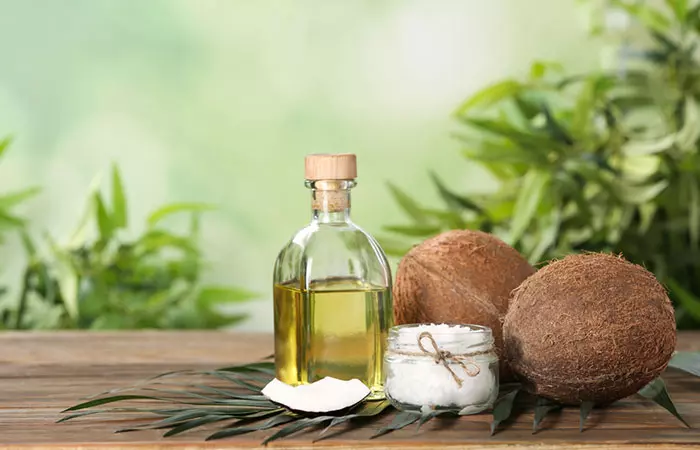
Coconut oil is one of the most popular and penetrative hair oils (12). This means that it penetrates through your hair cuticles and nourishes your hair shafts with its rich content of fatty acids. It prevents the loss of protein from your hair, keeping it healthy and maintaining hair strength and hair volume. When used with tea tree oil, it aids in improving your scalp health and stimulating hair growth, while providing intense hair nourishment.
Ideal For
Coconut oil can sometimes weigh your hair down if not washed out properly, so it is not recommended for oily hair. It can be used for hair types that range from normal to dry.
5. Almond Oil With Tea Tree Oil For Hair Growth
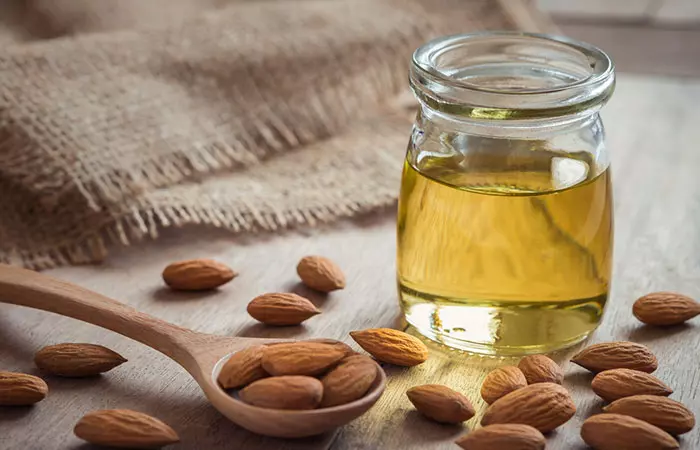
Almond oil has emollient properties (13). It hydrates and relaxes your cuticles while promoting hair growth. It is light and does not weigh your hair down. It aids hair growth by unclogging follicles and improving blood circulation. It leaves your hair feeling smooth, promotes shiny hair, and increases hair elasticity.
Ideal For
Almonds oil’s lightness and moisturizing properties make it ideal for all hair types.
6. Lavender Oil And Tea Tree Oil For Hair Growth
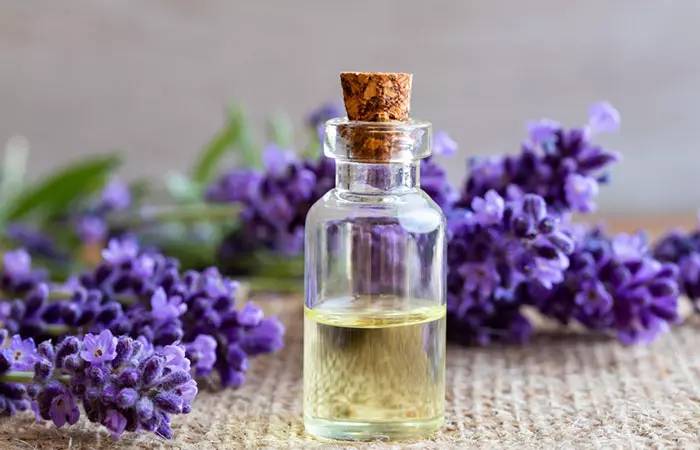
Lavender essential oil has antimicrobial properties (14). This can help improve scalp health. Lavender essential oil also promoted hair growth in mice studies (15). Another study showed that aromatherapy with essential oils, including lavender oil, promoted hair growth (16). Hair fall is often a common by-product of stress. Lavender essential oil can help with this as it is often used in aromatherapy to relieve depression and stress (17). A lavender and tea tree essential oil combination can work miracles to improve scalp health. When using this combination, add them to a carrier oil suitable for your hair type.
Ideal For
This combination can be used for all hair types as long as you select a carrier oil that suits your hair. Combine 2-3 drops of lavender oil to 10 drops of tea tree oil and 2 tablespoons of carrier oil.
7. Rosemary Oil And Tea Tree Oil For Hair Growth
Rosemary oil is often used as a hair growth remedy (18). It thickens your hair and leaves it feeling soft and manageable. In combination with tea tree oil, it can make for a good hair growth solution. This solution also needs to be diluted with a carrier oil.
Ideal For
This solution can be used for all hair types if you use it with a carrier oil suitable for your hair. Combine 2-3 drops of rosemary essential oil with tea tree oil and carrier oil of your choice.
Tea tree oil can be used in hair masks and added to other hair products to promote hair growth. Listed below are the different ways you can use tea tree oil in DIY hair oil to treat hair loss. On this note, you may also check out various DIY hair oil recipes to further strengthen your hair growth journey.
Other DIY Tea Tree Oil For Hair Growth Remedies
8. Aloe Vera-Tea Tree Oil For Hair Growth
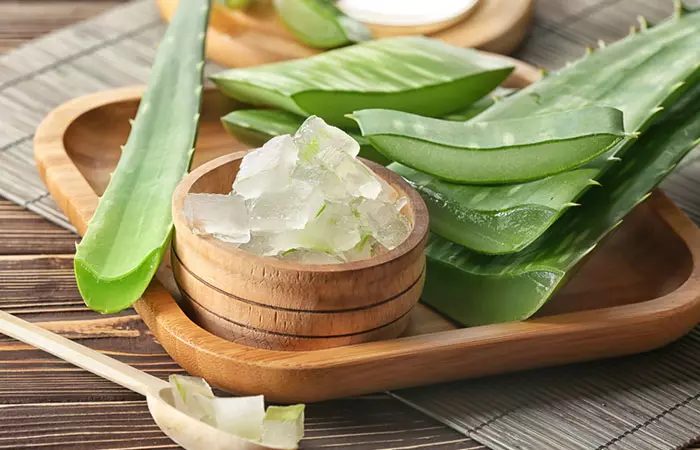
Aloe vera is known for its healing and hydrating properties (19). It contains vitamins and minerals that promote healthy hair growth. It can also soothe an irritated scalp and deal with issues, such as dandruff (20). It also leaves your hair with a pleasant sheen. To use aloe vera with tea tree oil to promote hair growth, follow the steps below.
You Will Need
- 4-5 drops tea tree oil
- 1/2 cup of water
- 1/2 cup of aloe gel
- Bowl for mixing
How To Apply
- Mix the ingredients in a bowl and stir until it reaches a smooth consistency.
- Apply it to your hair from the roots to the tips and leave it on for 30-45 minutes.
- Rinse it out with shampoo.
Ideal For
This hair mask is ideal for all hair types as it cleanses your scalp while moisturizing your hair.
How Often
Apply this mixture at least once a week in combination with regular oiling to promote hair growth.
9. Tea Tree Oil And Apple Cider Vinegar Hair Rinse For Hair Growth
A hair rinse can go a long way in maintaining the health of your scalp and hair. Apple cider vinegar is a popular hair cleanser, often used also to clean hair extensions. It also helps reduce split ends, hair loss, baldness, dandruff, scalp acne, amongst other hair care benefits. Clean hair and scalp are more receptive to nourishment and hydration from hair treatments, and unclogging your hair follicles is crucial for healthy hair growth.
You Will Need
- 2-3 tablespoons of apple cider vinegar
- 5 drops of tea tree oil
- 2 cups of water.
How To Apply
- Combine all the ingredients in a jug and ensure that it is cool.
- Wash and condition your hair as usual.
- Pour the rinse through your hair. Wash it off with water.
- Let your hair air dry.
10. Tea Tree Oil And Shampoo For Hair Growth
Adding tea tree oil to your shampoo is one of the most convenient ways of using it to prevent hair fall and promote hair growth. To create your own tea tree oil shampoo, you can combine 10 drops of the oil to 250 ml of shampoo. You can add more to create a stronger solution, but do not cross 25 drops to prevent potential scalp irritation and dandruff.
Note: Remember, the patch test is your safety net. Always start with it to check for any reaction before applying tea tree oil fully. And remember, avoid using it on broken skin or if your scalp is severely irritated.
Precautions And Tips
- Do not exceed the recommended amount of tea tree oil.
- Unless you are using it in a carrier oil solution, do not leave the oil on for more than an hour.
- Steaming your hair after you oil it is a good idea as it will open up pores and allow for deep action.
- Ensure that you thoroughly wash the oils off your hair and scalp.
Other Benefits Of Applying Tea Tree Oil On Your Hair
- Tea tree oil is an effective cure for dandruff and lice (2), (21). If you have a lice problem, a tea tree shampoo will make dealing with it a whole lot easier.
- It treats dry and oily scalps and restores the pH levels of your scalp.
- It soothes itching and irritation.
Can You Apply Tea Tree Oil Directly To Your Hair?
While a few drops of tea tree oil can be rubbed directly on your scalp, it would be a waste to apply it directly to your hair. A little bit of this essential oil goes a long way, so it is recommended to dilute it with other carrier oils before applying it to your hair.
How Long Can You Leave Tea Tree Oil In Your Hair?
Tea tree oil, when used in small amounts and in combination with other oils, can be left in overnight as a deep conditioning treatment. However, when using it by itself as a scalp treatment, it is better to wash it off within an hour to avoid possible irritation.
Besides tea tree oil, there are various hair growth oils that you can explore to boost your hair growth.
Infographic: 5 Best Carrier Oils For Hair Growth
While you can mix tea tree oil with any other carrier oil and use it for hair growth, not all combinations may give the best results. A few carrier oils can help nourish the scalp and hair follicles, which can encourage healthy hair growth. Check out the infographic below to learn which oils work best with tea tree oil and keep your hair healthy.
Some thing wrong with infographic shortcode. please verify shortcode syntax
Tea tree oil is often recommended for several hair care issues. Now you know why! It has antimicrobial properties that treat scalp issues. It is effective in treating dandruff and managing acne. Using tea tree oil for hair growth can be effective as it increases blood circulation and eliminates hair issues that might cause hair fall, such as dandruff. It has antibacterial, antioxidant, anti-inflammatory, antifungal, and antiseptic properties that improve the scalp and hair’s overall health and appearance. For best results, use tea tree oil as recommended above to experience the full benefits. However, there are more tea tree oil benefits that you may be interested in exploring to gain further knowledge of this amazing oil.
Frequently Asked Questions
Does tea tree oil help thinning hair?
It may help maintain scalp health, which is crucial for preventing hair loss. If your hair thinning is caused by dandruff, scalp irritation, and related issues, tea tree oil may help prevent hair fall and thinning. However, if it’s due to some underlying condition, tea tree oil may not help unless you address it.
Does tea tree damage your hair?
No, tea tree oil has little to no impact on the hair, making it safe for all hair textures and types.
What are the side effects of tea tree oil?
Tea tree oil is generally safe when used as directed, but there are some potential side effects of it, such as skin irritation, eye irritation, and gastrointestinal issues if ingested.
What are some common misconceptions or myths about using tea tree oil for hair growth, and what is the truth behind them?
It is a misconception that tea tree oil can be used undiluted on the scalp. It is highly concentrated in nature and can cause irritation to the scalp when applied undiluted.
How many drops of tea tree oil to mix with coconut oil?
Generally, it is recommended to add 2-3 drops of tea tree oil for every tablespoon of coconut oil. The dilution ratio of tea tree oil to coconut oil is 1-2%. Still, it is always good to start with a lower concentration and gradually increase the concentration of tea tree oil.
Does tea tree oil expire?
Yes, it can expire over a period of time. It can generally last for up to 2-3 years if stored properly in a cool and dark place.
Can I mix tea tree oil with Amla oil for hair?
Yes, it can be mixed with amla oil for hair. The nourishing and conditioning properties of amla oil can complement the antimicrobial and anti-inflammatory properties of tea tree oil and promote scalp health and overall hair quality.
How do you use tea tree oil for itchy scalp?
To use tea tree oil for an itchy scalp, dilute 5-10 drops of the oil with two tablespoons of any carrier oil, like coconut oil, almond oil, or jojoba oil. Then, massage the oil mixture into your scalp, paying attention to the itchy areas. Allow the oil to sit on your scalp for 15-30 minutes. Then, wash your hair with a mild shampoo and rinse it thoroughly with lukewarm water. Use this remedy 2-3 times a week or as needed to soothe itching. However, always perform a patch test first to check for skin sensitivity. Also, avoid excessive use to prevent skin irritation.
Illustration: How To Use Tea Tree Oil To Promote Hair Growth
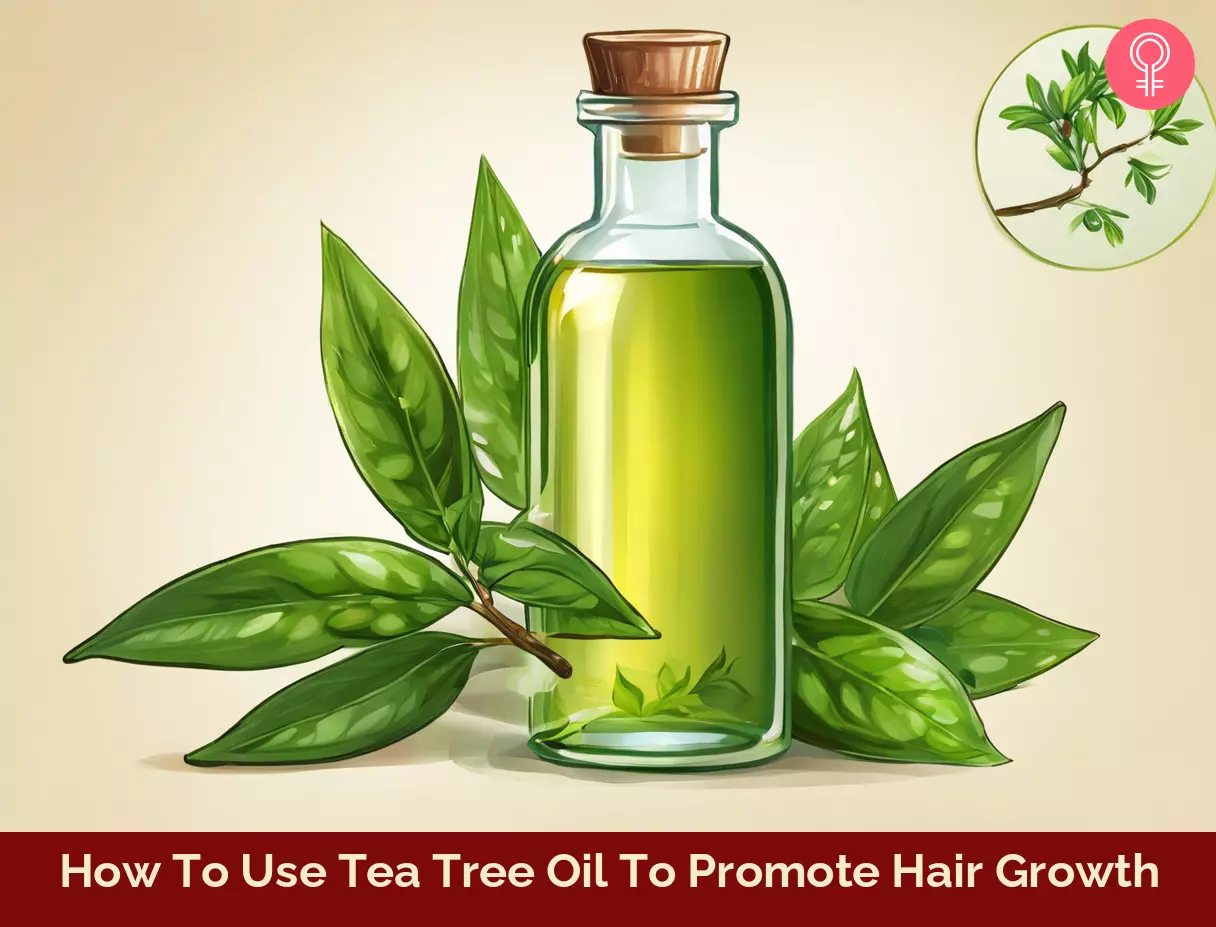
Image: Stable Diffusion/StyleCraze Design Team
Learn how to use tea tree oil to promote hair growth! Check out the video below to discover the benefits of this natural oil and how to incorporate it into your hair care routine.
References
Articles on StyleCraze are backed by verified information from peer-reviewed and academic research papers, reputed organizations, research institutions, and medical associations to ensure accuracy and relevance. Read our editorial policy to learn more.
- Carson, C F et al. “Melaleuca alternifolia (Tea Tree) oil: a review of antimicrobial and other medicinal properties.” Clinical microbiology reviews vol. 19,1 (2006): 50-62.
https://www.ncbi.nlm.nih.gov/pmc/articles/PMC1360273/ - Satchell, Andrew C et al. “Treatment of dandruff with 5% tea tree oil shampoo.” Journal of the American Academy of Dermatology vol. 47,6 (2002): 852-5.
https://pubmed.ncbi.nlm.nih.gov/12451368/ - Kinjuit, Henzilenah, and Noumie Surugau. “Formulation and Evaluation of Hair Shampoo Containing Tea Tree (Melaleuca alternifolia) Oil and Virgin Coconut (Cocos nucifera) Oil.” Journal of Physics: Conference Series. Vol. 1358. No. 1. IOP Publishing, 2019.
https://hcvalidate.perfdrive.com/fb803c746e9148689b3984a31fccd902//?ssa=5390f0a2-4f82-4051-b9e2-2cb594c9592d&ssb=05071200432&ssc=https%3A%2F%2Fiopscience.iop.org%2Farticle%2F10.1088%2F1742-6596%2F1358%2F1%2F012022&ssi=b747c7e1-8427-4691-98d9-fb74dc7539a9&ssk=support@shieldsquare.com&ssm=96554256105689655103259176184468&ssn=1523c947a2ba8bbd2e3fa64129901af3a32157604f7d-3465-4252-b757ca&sso=5ec503a4-58e400e6edc67ce865eb462d52a86da34e1bac72dfd28ec4&ssp=30300830461695926114169599231485187&ssq=39380617309041716102273090880834957896738&ssr=MTA2LjIwNS45OS43MQ==&sst=Screaming%20Frog%20SEO%20Spider/18.5&ssu=&ssv=&ssw=&ssx=W10= - Kim, Bok Young, and Sujin Shin. “Antimicrobial and improvement effects of tea tree and lavender oils on acne lesions.” Journal of Convergence Information Technology 8.13 (2013): 339.
https://www.researchgate.net/publication/269338129_Antimicrobial_and_Improvement_Effects_of_Tea_Tree_and_Lavender_Oils_on_Acne_Lesions - Damodaran, Rajesh Guruswamy, and Ramkrishna Gupta. “Hair loss and the applied techniques for identification of novel hair growth promoters for hair re-growth.” Pharmacognosy Journal 3.22 (2011): 1-5.
https://www.researchgate.net/publication/257435487_Hair_Loss_and_the_Applied_Techniques_for_Identification_of_Novel_Hair_Growth_Promoters_for_Hair_Re-Growth - Nenoff, P., U-F. Haustein, and W. Brandt. “Antifungal activity of the essential oil of Melaleuca alternifolia (tea tree oil) against pathogenic fungi in vitro.” Skin Pharmacology and Physiology 9.6 (1996): 388-394.
https://karger.com/spp/article-abstract/9/6/388/819613/Antifungal-Activity-of-the-Essential-Oil-of?redirectedFrom=fulltext - Tong, Tao et al. “Topical Application of Oleuropein Induces Anagen Hair Growth in Telogen Mouse Skin.” PloS one vol. 10,6 e0129578.
https://www.ncbi.nlm.nih.gov/pmc/articles/PMC4462586/ - Pazyar, N et al. “Jojoba in dermatology: a succinct review.” Giornale italiano di dermatologia e venereologia : organo ufficiale, Societa italiana di dermatologia e sifilografia vol. 148,6 (2013): 687-91.
https://pubmed.ncbi.nlm.nih.gov/24442052/ - Shaker M A, Amany M B. “Jojoba oil: Anew media for frying process.” Curr Trends Biomedical Eng & Biosci. 2018; 17(1): 555952.
https://juniperpublishers.com/ctbeb/pdf/CTBEB.MS.ID.555952.pdf - Shaker M A, Amany M B. Jojoba oil: Anew media for frying process. Curr Trends Biomedical Eng & Biosci. 2018; 17(1): 555952.
https://juniperpublishers.com/ctbeb/pdf/CTBEB.MS.ID.555952.pdf - McMullen, R, and J Jachowicz. “Optical properties of hair: effect of treatments on luster as quantified by image analysis.” Journal of cosmetic science vol. 54,4 (2003): 335-51.
https://pubmed.ncbi.nlm.nih.gov/14528387/ - Rele, Aarti S, and R B Mohile. “Effect of mineral oil, sunflower oil, and coconut oil on prevention of hair damage.” Journal of cosmetic science vol. 54,2 (2003): 175-92.
https://pubmed.ncbi.nlm.nih.gov/12715094/ - Ahmad, Zeeshan. “The uses and properties of almond oil.” Complementary therapies in clinical practice vol. 16,1 (2010): 10-2.
https://pubmed.ncbi.nlm.nih.gov/20129403/ - Cavanagh, H M A, and J M Wilkinson. “Biological activities of lavender essential oil.” Phytotherapy research : PTR vol. 16,4 (2002): 301-8.
https://pubmed.ncbi.nlm.nih.gov/12112282/ - Lee, Boo Hyeong et al. “Hair Growth-Promoting Effects of Lavender Oil in C57BL/6 Mice.” Toxicological research vol. 32,2 (2016): 103-8.
https://www.ncbi.nlm.nih.gov/pmc/articles/PMC4843973/ - Hay, Isabelle C., Margaret Jamieson, and Anthony D. Ormerod. “Randomized trial of aromatherapy: successful treatment for alopecia areata.” Archives of dermatology 134.11 (1998): 1349-1352.
https://jamanetwork.com/journals/jamadermatology/fullarticle/189618 - Koulivand, Peir Hossein et al. “Lavender and the nervous system.” Evidence-based complementary and alternative medicine : eCAM vol. 2013 (2013): 681304.
https://www.ncbi.nlm.nih.gov/pmc/articles/PMC3612440/ - Panahi, Yunes et al. “Rosemary oil vs minoxidil 2% for the treatment of androgenetic alopecia: a randomized comparative trial.” Skinmed vol. 13,1 (2015): 15-21.
https://pubmed.ncbi.nlm.nih.gov/25842469/ - Sahu, Pankaj K., et al. “Therapeutic and medicinal uses of Aloe vera: a review.” Pharmacology & Pharmacy 4.08 (2013): 599.
https://www.researchgate.net/publication/262698658_Therapeutic_and_Medicinal_Uses_of_Aloe_vera_A_Review - Vardy, D. A., et al. “A double-blind, placebo-controlled trial of an Aloe vera (A. barbadensis) emulsion in the treatment of seborrheic dermatitis.” Journal of dermatological treatment 10.1 (1999): 7-11.
https://www.tandfonline.com/doi/abs/10.3109/09546639909055904 - Di Campli, Emanuela et al. “Activity of tea tree oil and nerolidol alone or in combination against Pediculus capitis (head lice) and its eggs.” Parasitology research vol. 111,5 (2012): 1985-92.
https://pubmed.ncbi.nlm.nih.gov/22847279/ - Carson, C F et al. “Melaleuca alternifolia (Tea Tree) oil: a review of antimicrobial and other medicinal properties.” Clinical microbiology reviews vol. 19,1 (2006): 50-62.
https://www.ncbi.nlm.nih.gov/pmc/articles/PMC1360273/ - Satchell, Andrew C et al. “Treatment of dandruff with 5% tea tree oil shampoo.” Journal of the American Academy of Dermatology vol. 47,6 (2002): 852-5.
https://pubmed.ncbi.nlm.nih.gov/12451368/ - Kinjuit, Henzilenah, and Noumie Surugau. “Formulation and Evaluation of Hair Shampoo Containing Tea Tree (Melaleuca alternifolia) Oil and Virgin Coconut (Cocos nucifera) Oil.” Journal of Physics: Conference Series. Vol. 1358. No. 1. IOP Publishing, 2019.
https://hcvalidate.perfdrive.com/fb803c746e9148689b3984a31fccd902//?ssa=5390f0a2-4f82-4051-b9e2-2cb594c9592d&ssb=05071200432&ssc=https%3A%2F%2Fiopscience.iop.org%2Farticle%2F10.1088%2F1742-6596%2F1358%2F1%2F012022&ssi=b747c7e1-8427-4691-98d9-fb74dc7539a9&ssk=support@shieldsquare.com&ssm=96554256105689655103259176184468&ssn=1523c947a2ba8bbd2e3fa64129901af3a32157604f7d-3465-4252-b757ca&sso=5ec503a4-58e400e6edc67ce865eb462d52a86da34e1bac72dfd28ec4&ssp=30300830461695926114169599231485187&ssq=39380617309041716102273090880834957896738&ssr=MTA2LjIwNS45OS43MQ==&sst=Screaming%20Frog%20SEO%20Spider/18.5&ssu=&ssv=&ssw=&ssx=W10= - Kim, Bok Young, and Sujin Shin. “Antimicrobial and improvement effects of tea tree and lavender oils on acne lesions.” Journal of Convergence Information Technology 8.13 (2013): 339.
https://www.researchgate.net/publication/269338129_Antimicrobial_and_Improvement_Effects_of_Tea_Tree_and_Lavender_Oils_on_Acne_Lesions - Damodaran, Rajesh Guruswamy, and Ramkrishna Gupta. “Hair loss and the applied techniques for identification of novel hair growth promoters for hair re-growth.” Pharmacognosy Journal 3.22 (2011): 1-5.
https://www.researchgate.net/publication/257435487_Hair_Loss_and_the_Applied_Techniques_for_Identification_of_Novel_Hair_Growth_Promoters_for_Hair_Re-Growth - Nenoff, P., U-F. Haustein, and W. Brandt. “Antifungal activity of the essential oil of Melaleuca alternifolia (tea tree oil) against pathogenic fungi in vitro.” Skin Pharmacology and Physiology 9.6 (1996): 388-394.
https://karger.com/spp/article-abstract/9/6/388/819613/Antifungal-Activity-of-the-Essential-Oil-of?redirectedFrom=fulltext - Tong, Tao et al. “Topical Application of Oleuropein Induces Anagen Hair Growth in Telogen Mouse Skin.” PloS one vol. 10,6 e0129578.
https://www.ncbi.nlm.nih.gov/pmc/articles/PMC4462586/ - Pazyar, N et al. “Jojoba in dermatology: a succinct review.” Giornale italiano di dermatologia e venereologia : organo ufficiale, Societa italiana di dermatologia e sifilografia vol. 148,6 (2013): 687-91.
https://pubmed.ncbi.nlm.nih.gov/24442052/ - Shaker M A, Amany M B. “Jojoba oil: Anew media for frying process.” Curr Trends Biomedical Eng & Biosci. 2018; 17(1): 555952.
https://juniperpublishers.com/ctbeb/pdf/CTBEB.MS.ID.555952.pdf - Shaker M A, Amany M B. Jojoba oil: Anew media for frying process. Curr Trends Biomedical Eng & Biosci. 2018; 17(1): 555952.
https://juniperpublishers.com/ctbeb/pdf/CTBEB.MS.ID.555952.pdf - McMullen, R, and J Jachowicz. “Optical properties of hair: effect of treatments on luster as quantified by image analysis.” Journal of cosmetic science vol. 54,4 (2003): 335-51.
https://pubmed.ncbi.nlm.nih.gov/14528387/ - Rele, Aarti S, and R B Mohile. “Effect of mineral oil, sunflower oil, and coconut oil on prevention of hair damage.” Journal of cosmetic science vol. 54,2 (2003): 175-92.
https://pubmed.ncbi.nlm.nih.gov/12715094/ - Ahmad, Zeeshan. “The uses and properties of almond oil.” Complementary therapies in clinical practice vol. 16,1 (2010): 10-2.
https://pubmed.ncbi.nlm.nih.gov/20129403/ - Cavanagh, H M A, and J M Wilkinson. “Biological activities of lavender essential oil.” Phytotherapy research : PTR vol. 16,4 (2002): 301-8.
https://pubmed.ncbi.nlm.nih.gov/12112282/ - Lee, Boo Hyeong et al. “Hair Growth-Promoting Effects of Lavender Oil in C57BL/6 Mice.” Toxicological research vol. 32,2 (2016): 103-8.
https://www.ncbi.nlm.nih.gov/pmc/articles/PMC4843973/ - Hay, Isabelle C., Margaret Jamieson, and Anthony D. Ormerod. “Randomized trial of aromatherapy: successful treatment for alopecia areata.” Archives of dermatology 134.11 (1998): 1349-1352.
https://jamanetwork.com/journals/jamadermatology/fullarticle/189618 - Koulivand, Peir Hossein et al. “Lavender and the nervous system.” Evidence-based complementary and alternative medicine : eCAM vol. 2013 (2013): 681304.
https://www.ncbi.nlm.nih.gov/pmc/articles/PMC3612440/ - Panahi, Yunes et al. “Rosemary oil vs minoxidil 2% for the treatment of androgenetic alopecia: a randomized comparative trial.” Skinmed vol. 13,1 (2015): 15-21.
https://pubmed.ncbi.nlm.nih.gov/25842469/ - Sahu, Pankaj K., et al. “Therapeutic and medicinal uses of Aloe vera: a review.” Pharmacology & Pharmacy 4.08 (2013): 599.
https://www.researchgate.net/publication/262698658_Therapeutic_and_Medicinal_Uses_of_Aloe_vera_A_Review - Vardy, D. A., et al. “A double-blind, placebo-controlled trial of an Aloe vera (A. barbadensis) emulsion in the treatment of seborrheic dermatitis.” Journal of dermatological treatment 10.1 (1999): 7-11.
https://www.tandfonline.com/doi/abs/10.3109/09546639909055904 - Di Campli, Emanuela et al. “Activity of tea tree oil and nerolidol alone or in combination against Pediculus capitis (head lice) and its eggs.” Parasitology research vol. 111,5 (2012): 1985-92.
https://pubmed.ncbi.nlm.nih.gov/22847279/
Read full bio of Tiffany Young
Read full bio of Anjali Sayee
Read full bio of Ramona Sinha
Read full bio of Krati Darak







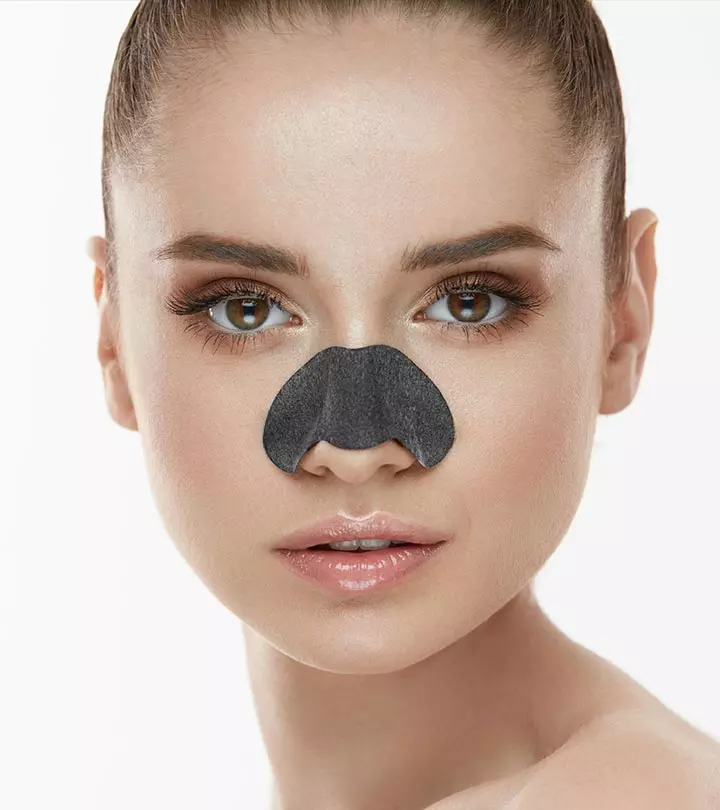
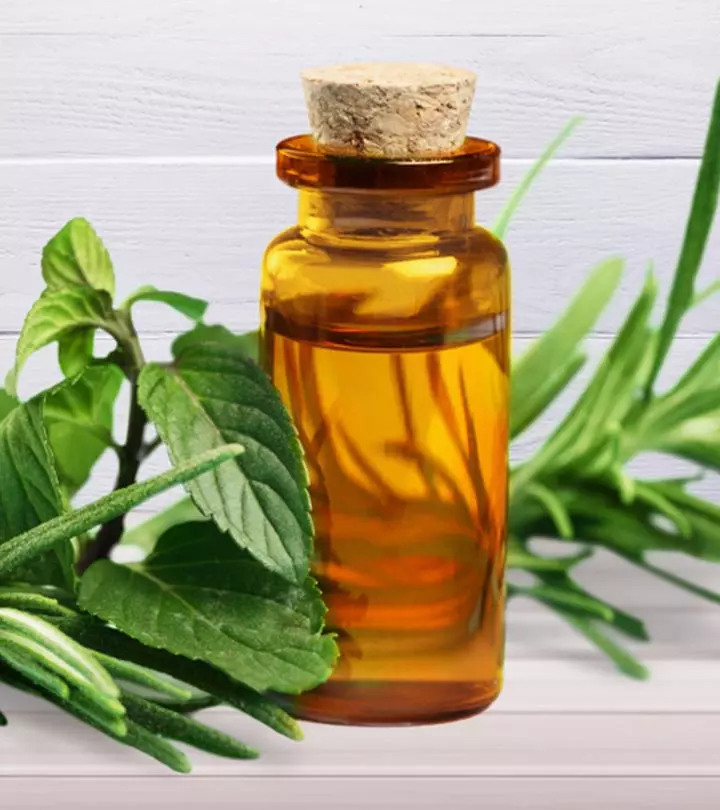
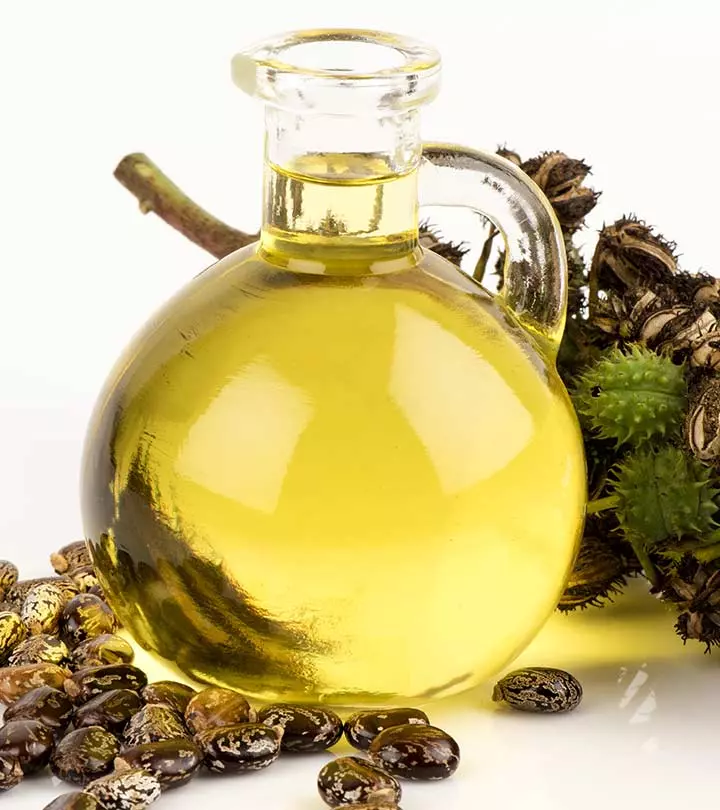
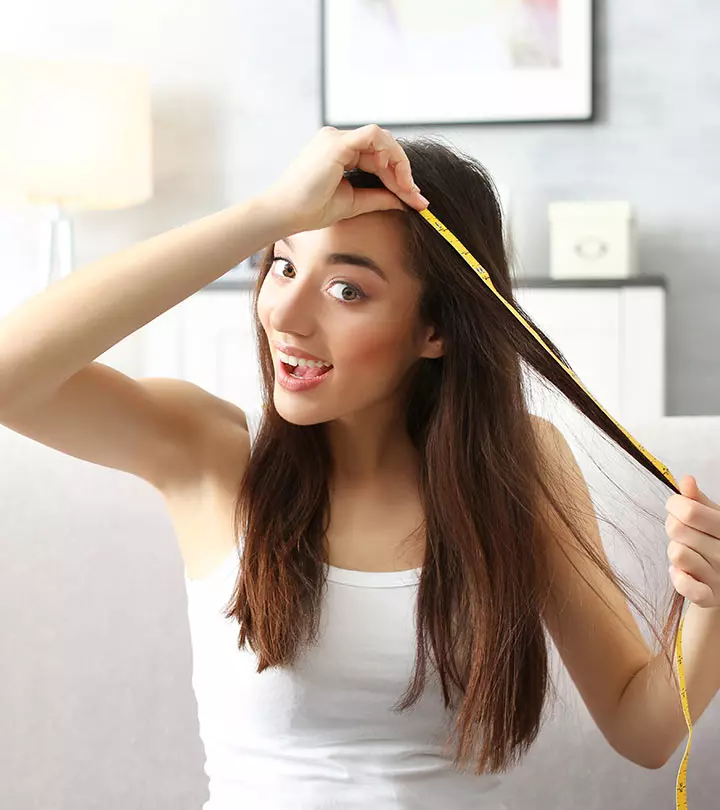
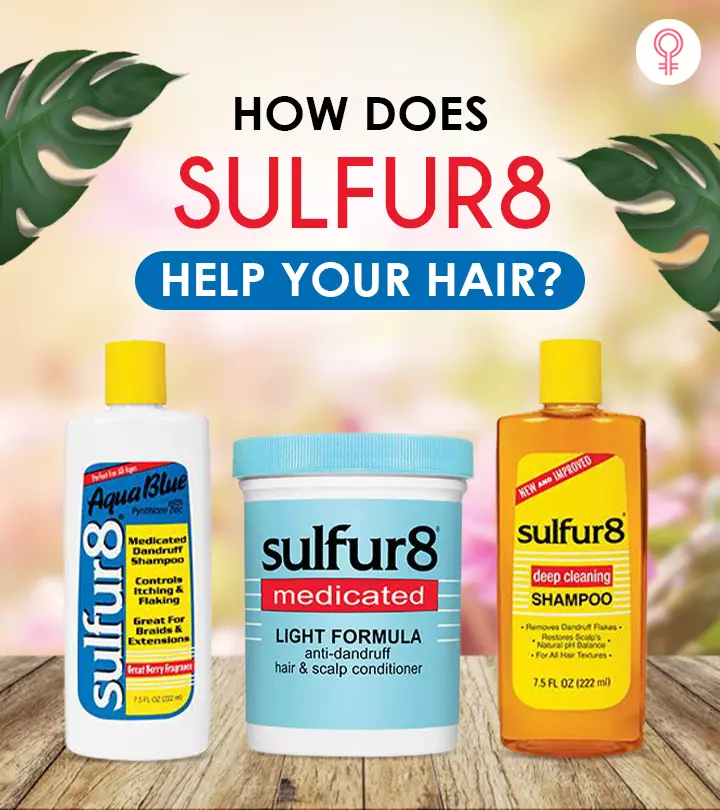
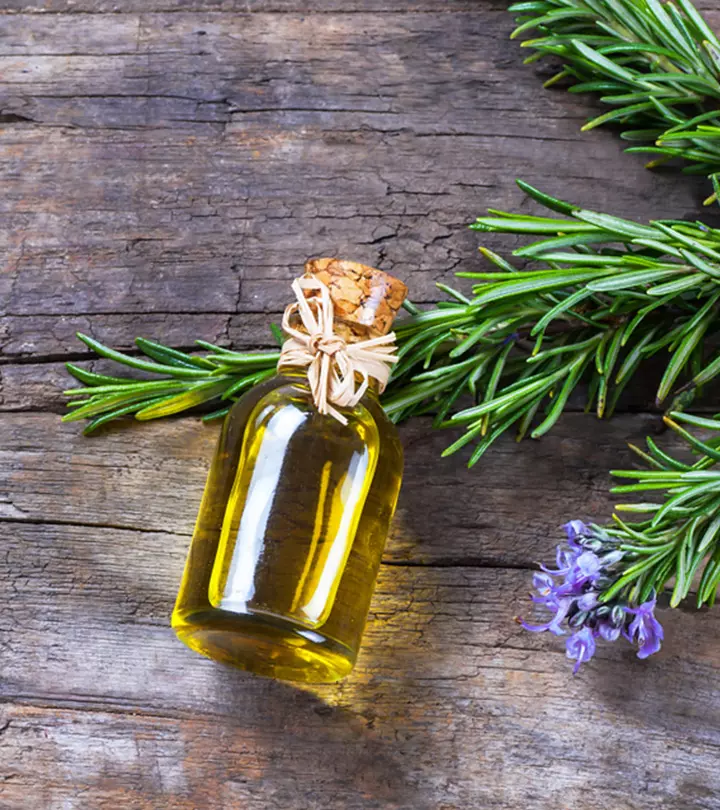
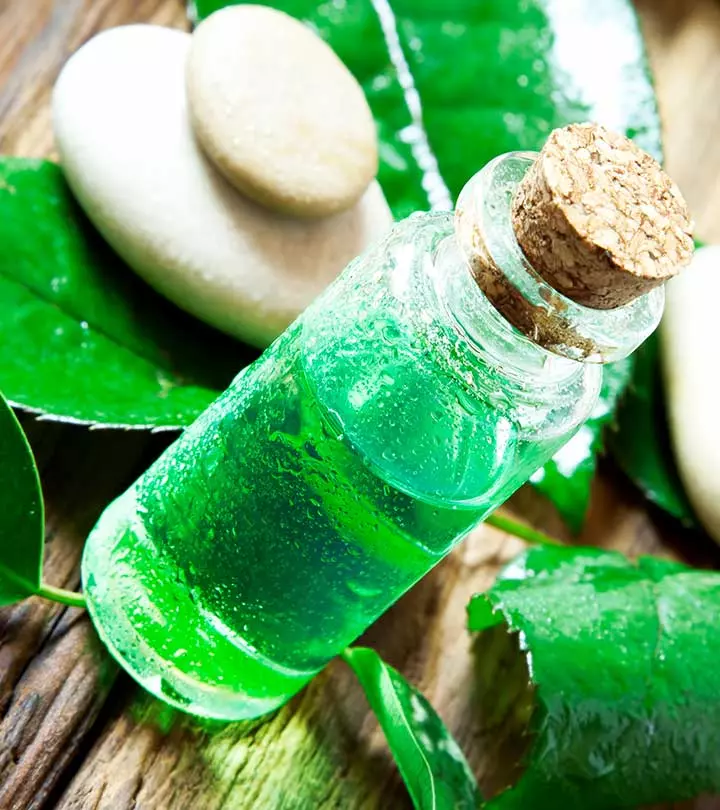
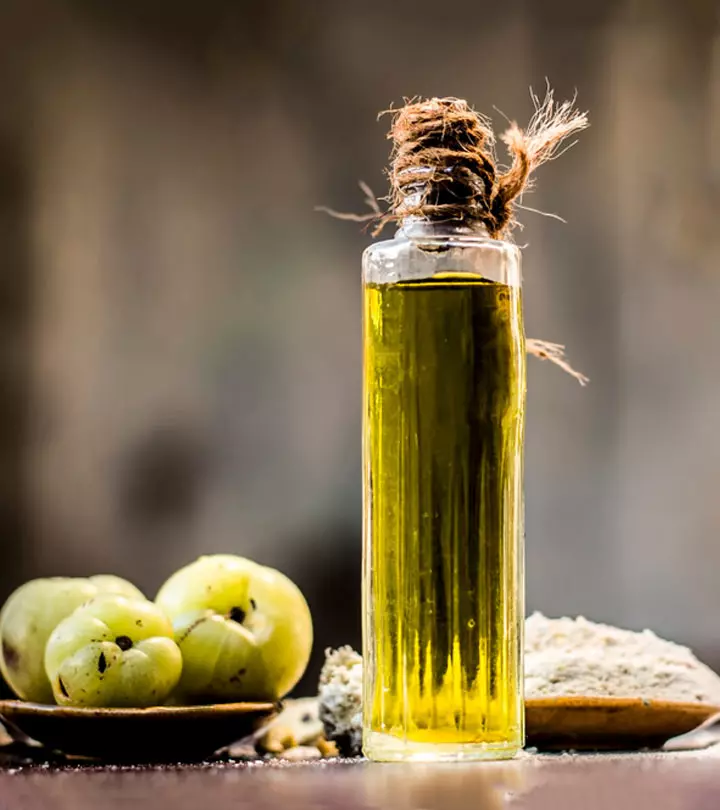
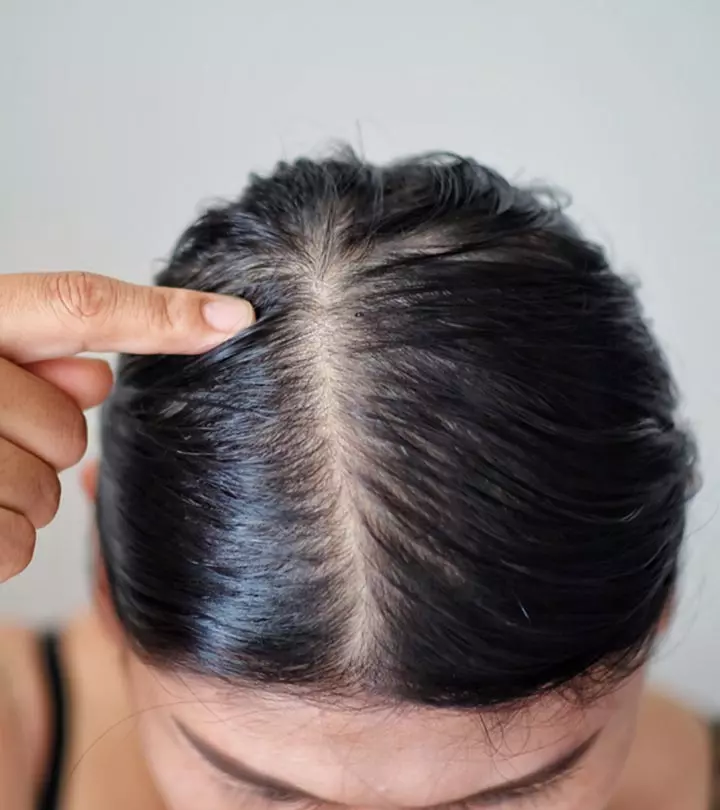
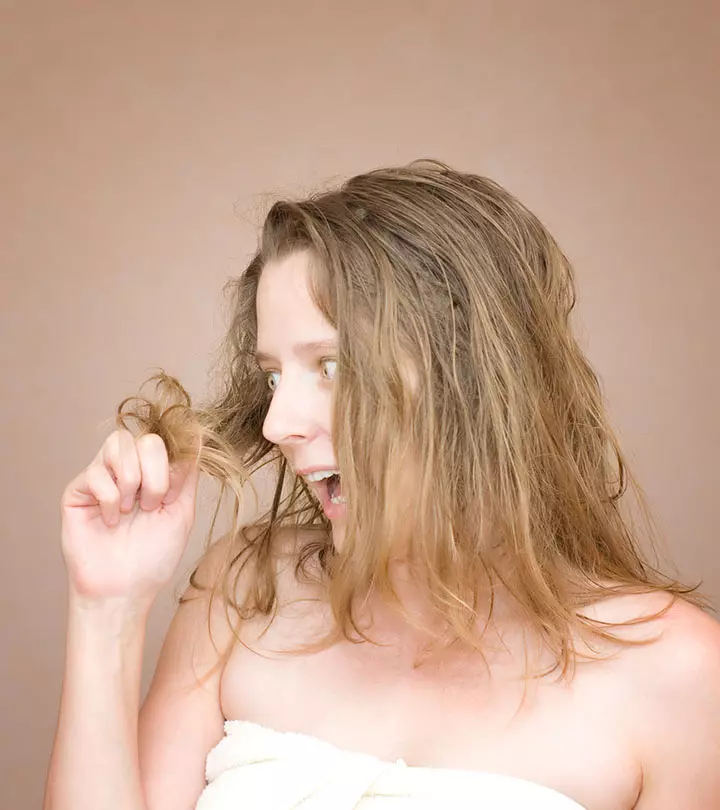
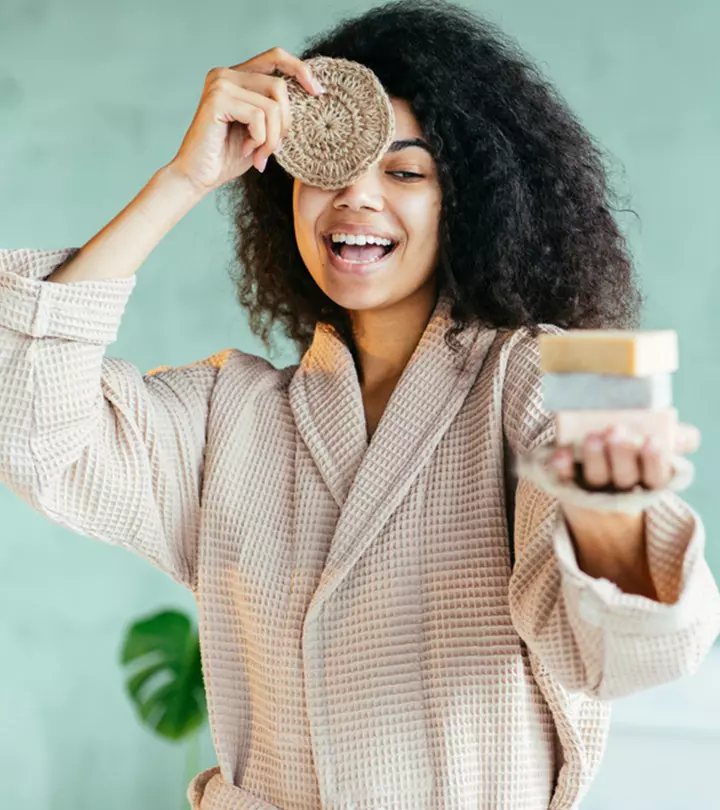
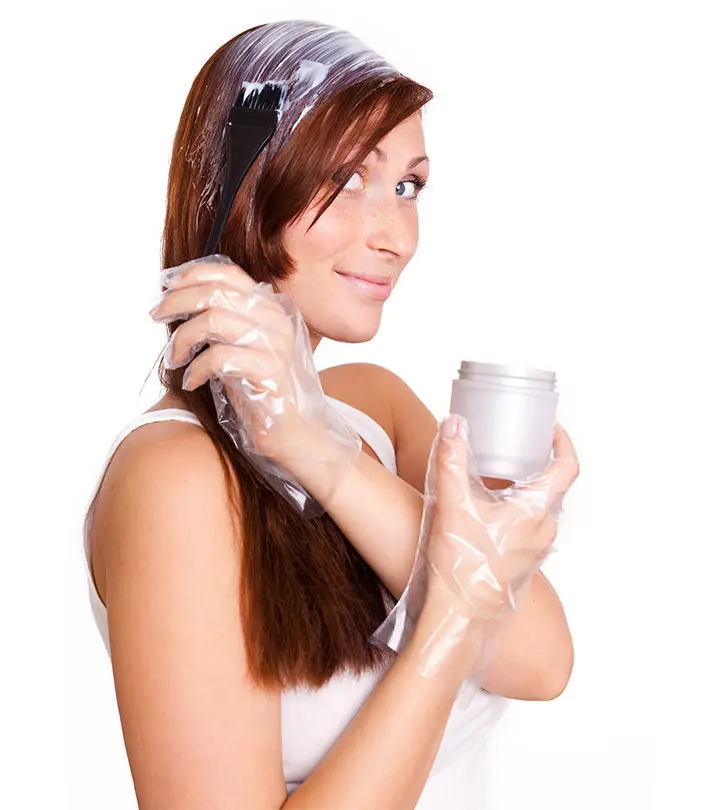
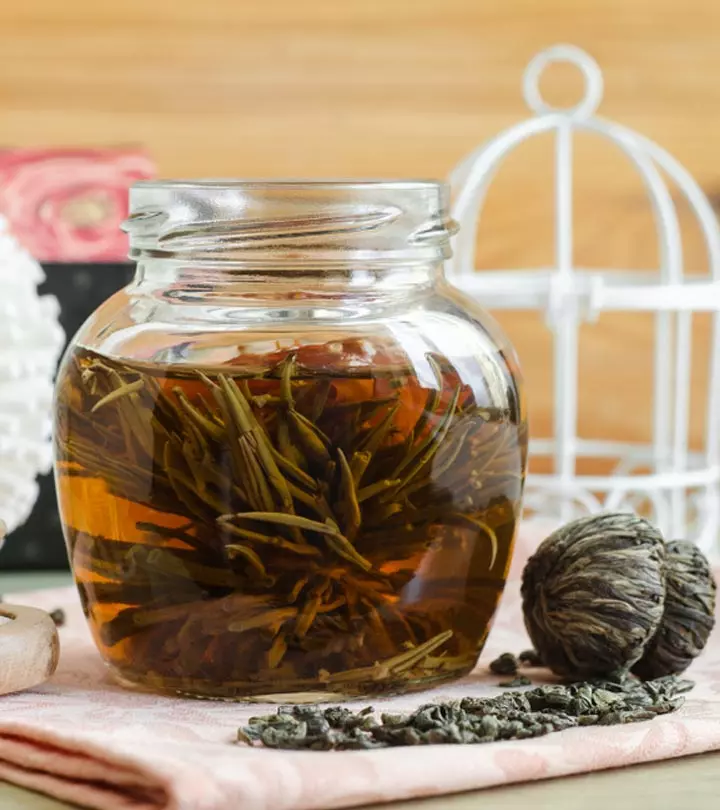
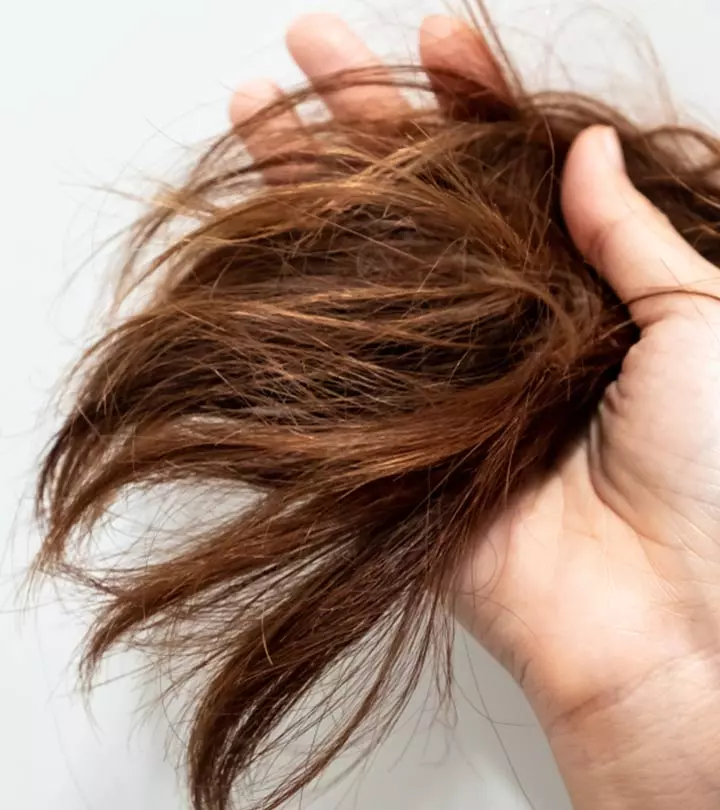
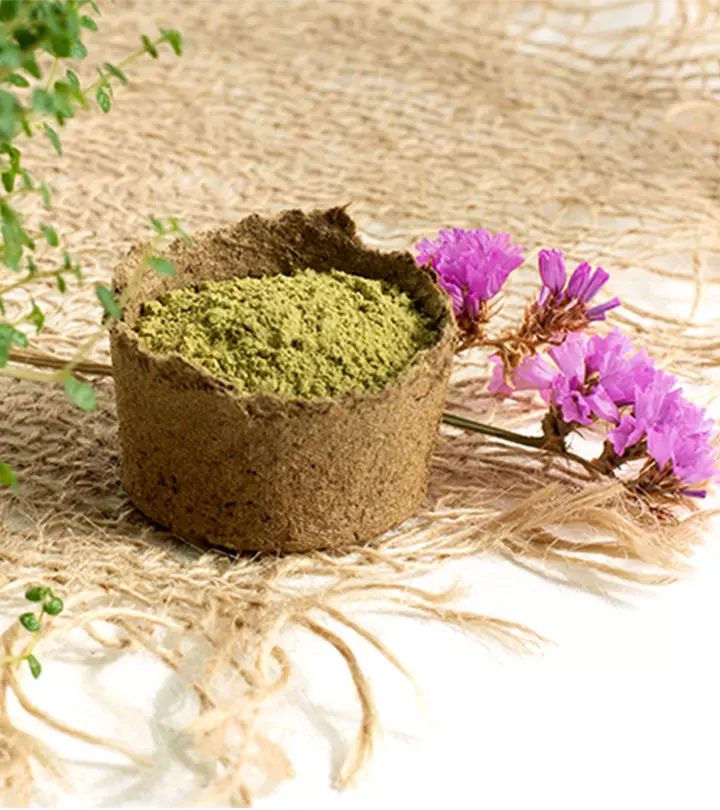
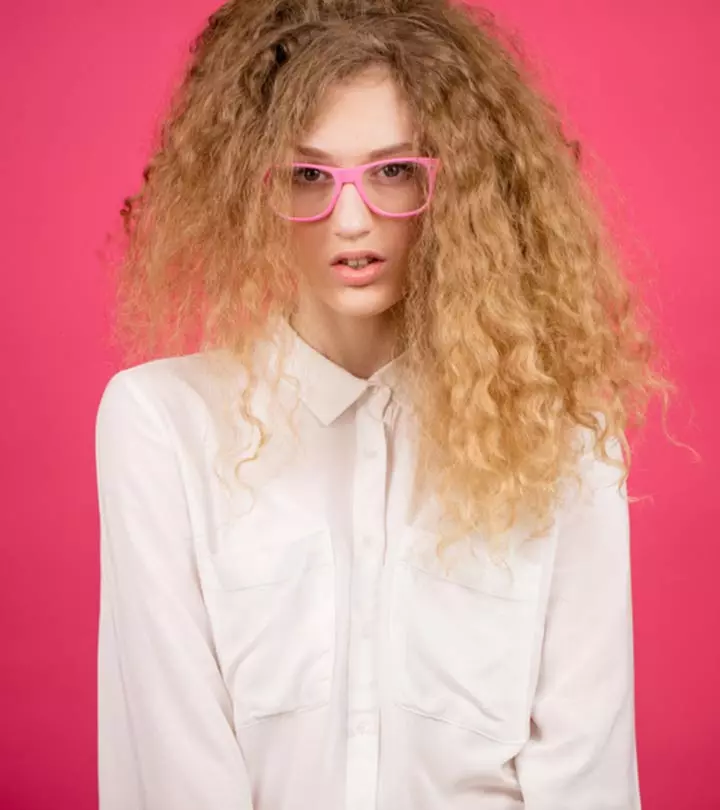
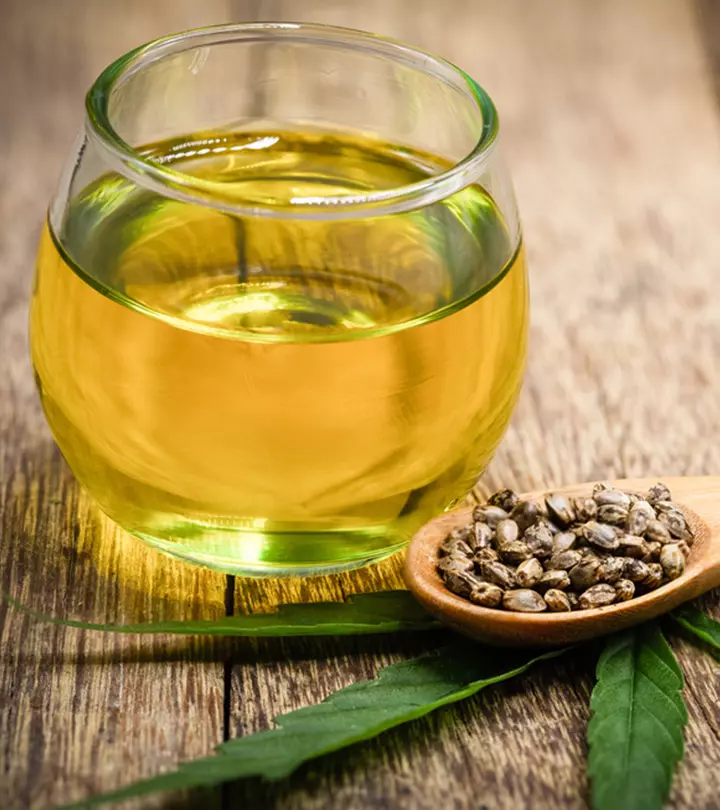
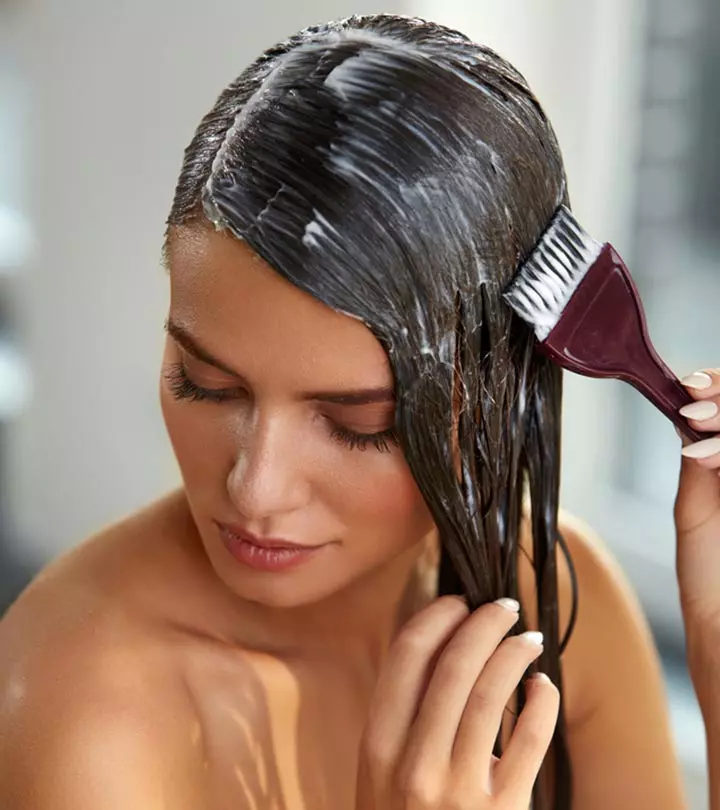
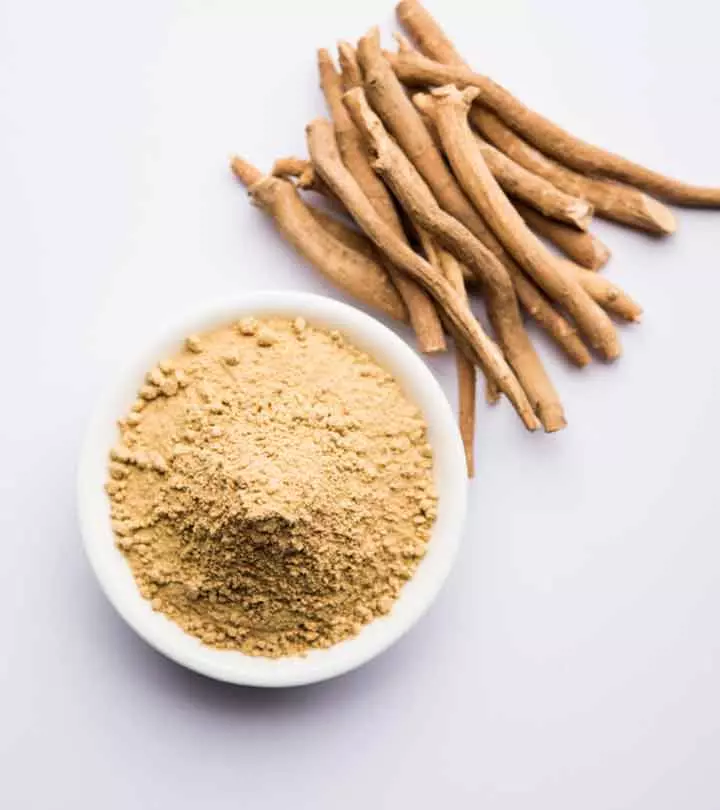
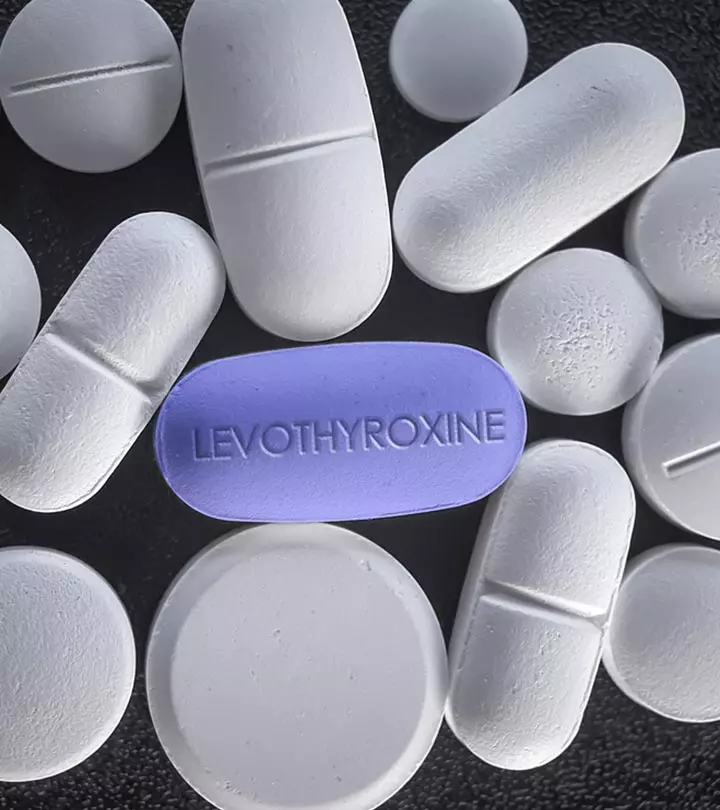
Community Experiences
Join the conversation and become a part of our empowering community! Share your stories, experiences, and insights to connect with other beauty, lifestyle, and health enthusiasts.